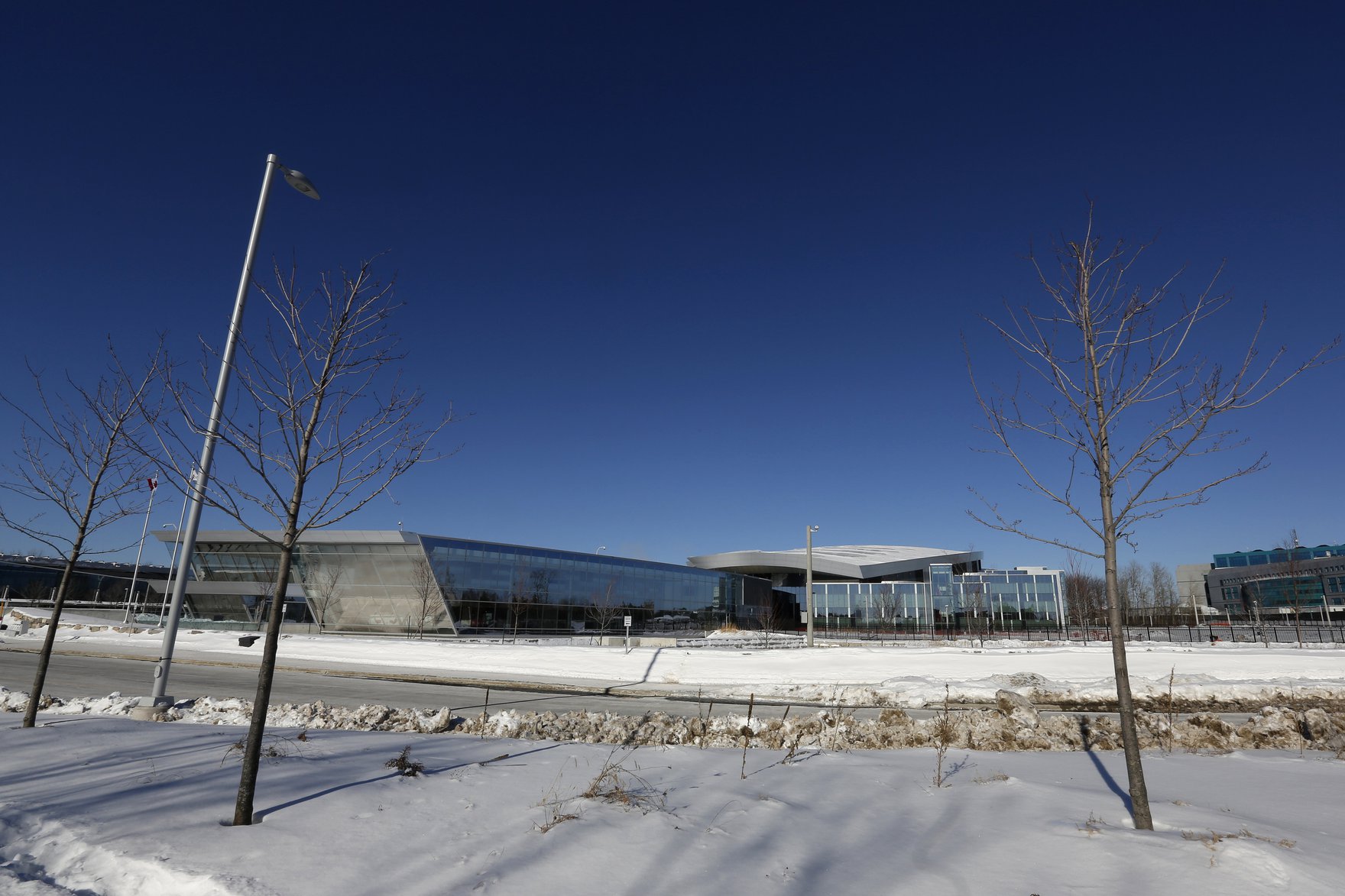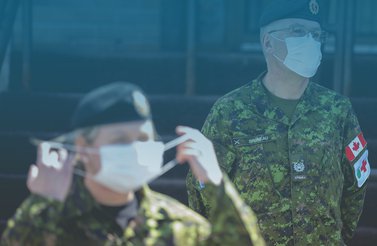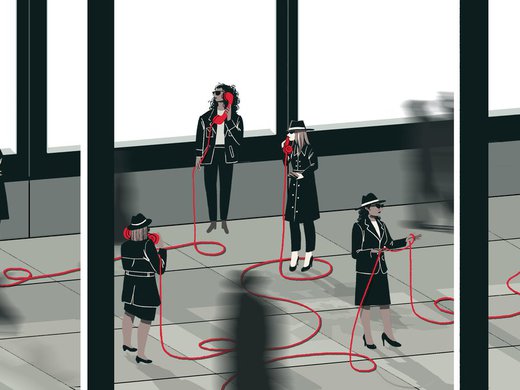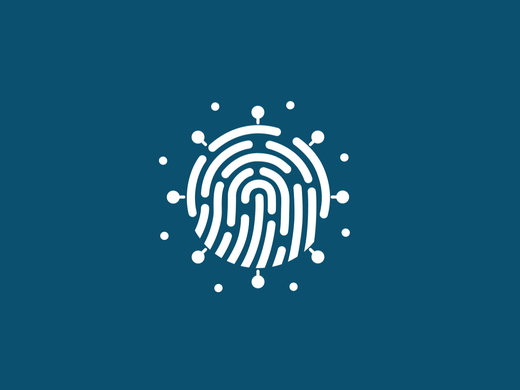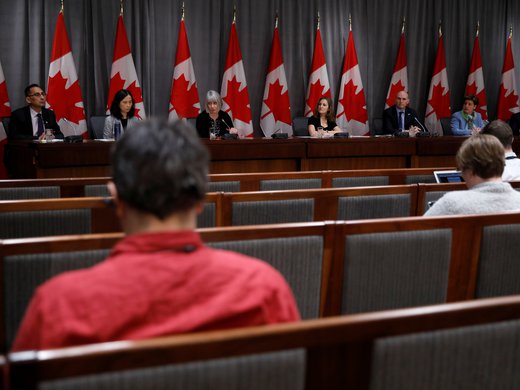Over the past five years there has been a profound transformation in the conduct of national security and intelligence review in Canada. The degree of change surpasses even that brought about by the creation of Canada’s first-ever independent review agency, the Security Intelligence Review Committee (SIRC), in 1984. National security review may be 26 years old, but with recent changes, it has essentially been reborn.
The beginnings of this transformation date back to 2015 and the introduction of contentious new anti-terrorism legislation by the Harper government. Looking for political manoeuvring room, the Liberal Party, then the third party in the House of Commons and under a new leader, Justin Trudeau, decided to respond to the Harper legislation by supporting some new powers for security agencies but balancing these with demands for increased independent scrutiny and public consultations. These promises were subsequently baked into the Liberals’ election campaign platform in 2015.
When the Liberal party emerged in command of a majority government as a result of the 2015 election, they proceeded to make good on their promises, first by introducing legislation to create a National Security and Intelligence Committee of Parliamentarians (NSICOP) and then by launching a round of public consultations on national security issues through a green paper in 2016. Both were unprecedented steps.
National security review may be 26 years old, but with recent changes, it has essentially been reborn.
The legislation to create the NSICOP was a matter of playing catch-up. All of Canada’s Five Eyes intelligence partners already had such political committee scrutiny. Canada was the laggard. But there was at least one advantage to being last to the party; Canada could draw on the experience of others. In the end, the NSICOP, which came into existence in 2017, was closely modelled on the British Intelligence and Security Committee. The NSICOP has since made a strong start. It has produced two annual reports, both of which contained excellent studies, ranging from how the government establishes intelligence priorities to a groundbreaking look at diversity and inclusion in the security and intelligence community.
The green-paper public consultations were a success in terms of the unexpected public response. But some discordant notes were struck, especially around expressions of mistrust of the security apparatus and public disinclination to extend its powers. That said, the consultations did offer a seeming consensus that Canadians were enthusiastic about adding even more review and accountability for security and intelligence agencies. The Liberal government, headed by then-Public Safety Minister Ralph Goodale, decided to go well beyond any election promises and added important new machinery to national security review.
National security framework legislation, Bill C-59, introduced in the summer of 2017 and passed into law two years later, completed the revolutionizing of Canadian national security review by creating two new entities — the National Security and Intelligence Review Agency (NSIRA) and the Office of the Intelligence Commissioner. The appointed intelligence commissioner would be a retired judge with oversight powers to determine the appropriateness (“reasonableness,” in judicial language) of ministerial decisions for actions by Canada’s two most powerful intelligence collection agencies, the Canadian Security Intelligence Service (CSIS) and the Communications Security Establishment (CSE). Of the two new entities, the NSIRA is the one destined for the spotlight; the intelligence commissioner role will largely be played behind the scenes.
The NSIRA absorbed two existing and siloed review bodies (SIRC for CSIS, and the Office of the CSE Commissioner for CSE) and added an extended power to review the national security and intelligence activities of any other government department or agency. It plans to expand from an inherited size of 33 staff to close to 100 personnel. Its annual budget will increase five-fold from SIRC days (rising to $24.1 million). It’s going to be more muscular than anything we have seen previously and should meet the usual criticism of review bodies — that they are minnows confronting whales.
The NSIRA released its first-ever annual report in December 2020, covering the six-month period from its creation in July 2019 through to December 2019. Given the newness of NSIRA and the limited time frame for its first report, one might have expected it to be yawn-inducing — but it wasn’t. This initial report indicates very clearly that the NSIRA intends to make a decisive break from Canada’s record of national security review.
The NSIRA wants to make a difference in its reporting. To do that it needs to create a public awareness of its efforts, through outreach and stakeholder engagement, and to write reports that Canadians can actually read (as opposed to reading between the lines). The NSIRA cannot escape the noose of secrecy laws, but it is determined to pursue a “write to release” policy, which essentially means drafting reports in such a way that the text does not include classified information (or, if it must, it sweeps that information into endnotes where it can be hidden beneath the black ink of redactions). This approach should allow not only a more coherent and meaningful public narrative but also that NSIRA can release its reports more quickly.
New style is meant to be matched with new substance. The NSIRA promises to devote much more attention to the implications of technological developments for intelligence and security practices. In a global race to stay competitive, national security agencies often have to be early adopters of new technologies. Artificial intelligence applications, for example, are changing the foundations of intelligence work; they also have the potential to disrupt democratic rights and privacy protections. The NSIRA knows that staying abreast of technological change will be important. It is altering its talent pool in response.
Another sign of changing times is that the NSIRA has essentially redesigned an understanding of the intelligence process. There is a standard model of what is called the “intelligence cycle,” which CSIS describes as having six stages, from “requirements and direction” right through to “feedback” on the service’s reports and operations. This model is common among Canada’s allies as well. But the NSIRA wants to think about the intelligence process differently, proposing an “information continuum” containing four components: collection, safeguarding, sharing and action. What stands out here is the place given to “safeguarding,” which can encompass a range of things — from protecting data from theft and leakage, to administering secrecy legislation and security standards, to countering foreign intelligence activities and protecting government critical infrastructure. It’s an important area in a new age of hybrid threats, and worth all the attention that the NSIRA can devote to it.
The NSIRA also promises to roll out five “safeguarding” reviews, including a potentially very bruising one on the implications of the Cameron Ortis case, the civilian Royal Canadian Mounted Police intelligence officer who is alleged to have betrayed government secrets and whose court case is ongoing. Hopefully, the NSIRA will also look back to the failures of the Jeffrey Delisle case, which involved the worst breach of Canadian secrets (and, courtesy of Delisle’s work for Russian intelligence, those of our allies) since the end of the Cold War.
What is missing from the NSIRA “information continuum” model is the critical component of intelligence analysis and assessment. Intelligence analysis is where sense is made of all the disparate sources of information collected, and where advice to government on security threats is generated. The NSIRA must not lose sight of the importance of assessment in its studies, especially as the wider community of government agencies that falls under its mandate will be more heavily engaged in intelligence assessment and use (what NSIRA calls the “action” component) than in pure collection activities.
Another strong sign that the NSIRA intends to change things up is its desire to explore some uncharted areas of national security, including information sharing to enhance economic security. This is an area where scrutiny is needed, given the diversity of government actors involved and the potential conflicts between prosperity calculations and national security perspectives on what is in Canada’s best interests.
The most enlightened decision on a review subject made by the NSIRA, stirred of course by the COVID-19 crisis, involves medical or public health intelligence. The NSIRA freely admits that it knows little about how the government views or uses medical intelligence and that it is a wholly new area for national security review. As written in the NSIRA annual report, its review “will provoke a useful conversation in the light of current events.” That sounds too modest by far. Certainly, the NSIRA’s decision to take up the study of health intelligence stands in stark contrast with the demurral of the NSICOP, whose 2021 review plan ducks the COVID-19 crisis in favour of studies of Global Affairs Canada and the government’s cyber defence activities: important topics, but not the crisis du jour (or more accurately, the crisis of the decade).
As it explores new horizons for review of Canadian intelligence practices, the NSIRA must also expand its scan beyond Canada’s borders. Given that Canadian intelligence engages in such close cooperation with its Five Eyes security partners (Australia, New Zealand, the United Kingdom and the United States), it is incumbent on the NSIRA to be able to follow investigative threads out into the world of the Five Eyes — especially with regard to technology adaptation and intelligence sharing. Despite high sovereignty walls and secrecy concerns, there is an instrument at hand to allow the NSIRA to study Canada’s relations with its intelligence partners and glean best practices. That instrument, called FIORC (Five Eyes Intelligence Oversight and Review Council), is little known, but the NSIRA promises to engage with it. The hosting of FIORC meetings rotates among the Five Eyes countries. In-person meetings have been disrupted by the COVID-19 pandemic, but the NSIRA should seize the opportunity of its next hosting engagement to help deepen the interactions and knowledge exchange at FIORC.
There is much to like about the new-look agency. It has new members, has set out an ambitious agenda, adopted a new style, forged ahead into new areas of study, and looks willing to tackle tough and contentious subjects. The NSIRA has made a strong and bold start.
Now all it needs is readers, plenty of them, both within government, from rank and file to senior leaders and politicians, and among Canadians — the NSIRA’s ultimate audience. The NSIRA’s ultimate value proposition would be to lift the Canadian conversation about national security and intelligence to a new level of engagement and knowledge. Raising the quality and quantity of the public discourse on national security and intelligence is sorely needed.
